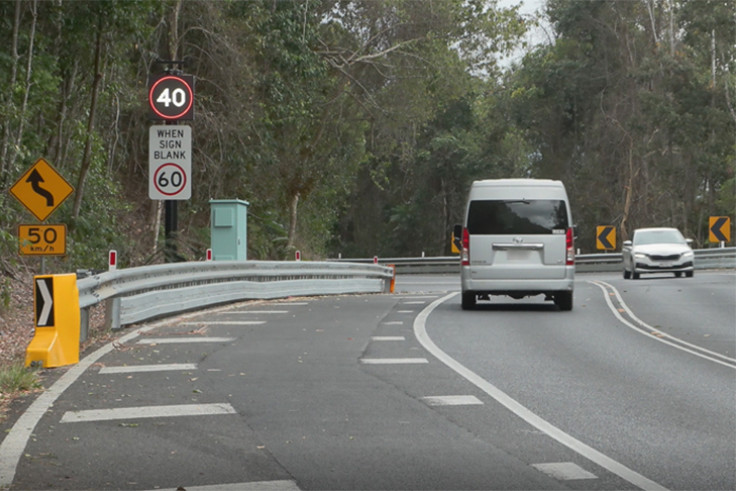General News
7 May, 2025
Kuranda road has ‘flatlined’
TRAFFIC growth on the Kuranda Range Road has “flatlined” despite the rise in population, according to a leading regional economic research firm.

Bill Cummings of Cummings Economics has released his latest research on the troubled transport route which shows that, while the population of the Cairns local government area increased by 20 per cent from 2009-2023, traffic on the range road only rose by three per cent during that time, equating to a rise of just 0.2 per cent per year.
In the preceding 33 years, traffic using the range road had grown around five per cent a year, while the population rose by 2.9 per cent a year.
“While average population growth from 2009 to 2023 at 1.3 per cent per annum was slower compared with the earlier 33 years, population still grew by 20 per cent over the 14-year period and on previous trends, traffic growth could have been expected to have been above this and not below,” he said.
“While international visitor traffic to Kuranda has been down in recent years, most international visitors travel to and from Kuranda by train, cableway or by large coaches without substantial impact on road traffic counts.
“Indications that the constraints of the road via Kuranda has been affecting traffic growth since 2009 is supported by the fact that traffic on other range roads in the region – the Rex, Gillies and Palmerston roads – has grown over the same period by 27 per cent, 29 per cent and about 24 per cent respectively.”
Latest figures show that just over 8340 vehicles on average use the Kuranda range road every day.
Mr Cummings said that the Kuranda Range road, built 80 years ago during the early phases of World War II, had “reached its design limit and is providing a bottleneck to traffic that is imposing substantial costs to the region’s economy”.
“Cairns, as the region’s main service centre, port, airport, road and rail head, is situated on a narrow coastal plain that has limited room to expand to the north, west and east. Expansion to the south involves taking valuable agricultural land out of production and threatening the viability of Mulgrave sugar mill,” he said.
“As a regional capital/hub city, Cairns services the biggest and fastest growing population in northern Australia and is destined to grow.
“It is vital that it has highly efficient transport links across the ranges to service the population of 70,000 and growing industries in its hinterland.
“It is also vital that Cairns has a short fast transport corridor to enable the city’s urban footprint to expand into the area west of the ranges.
“The whole issue has been left unattended for decades. It is going to cost a lot of money and if another route will be more efficient for traffic movements to meet the region’s growth needs over the next 80 years, it needs to be explored.”
Mr Cumming said “the job is obviously beyond the resources of the state government” and needed to be recognised as of national importance that would involve extending Highway 1 classification to the Mareeba transport hub.


